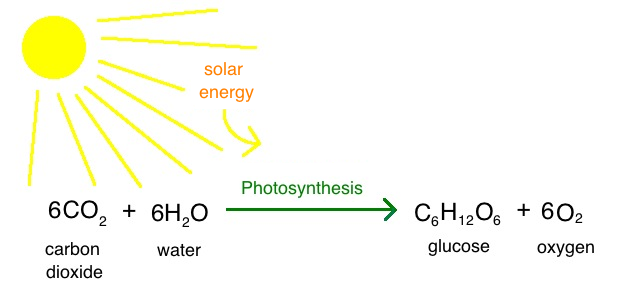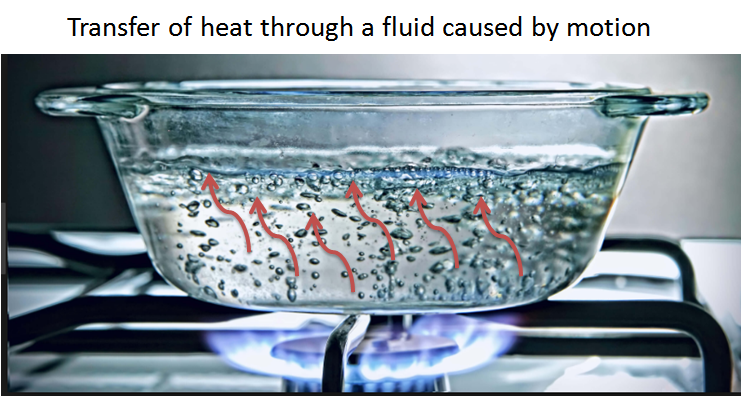The Law of Conservation of Energy states that energy cannot be created or destroyed, but energy can change
(A) its total volume
(B) from one form to another
(C) its total mass
(D) from one state of matter to another
(B) from one form to another
Which substance do all living things require to survive?
(A) blood (C) carbon dioxide
(B) water (D) organic soil
(B) water
Plants and animals need water
The diagram below shows a boulder rolling down a hill into a valley and then up the opposite hill.
14) At which position does the boulder have the greatest kinetic energy? (1)
(A) A (C) C
(B) B (D) D
(B) B
Kinetic energy is greatest at the lowest point of a roller coaster and least at the highest point.
What is the result of cellular respiration?
(A) Energy for cell processes is released.
(B) Oxygen is released for photosynthesis.
(C) Cells undergo decomposition.
(D) Nutrients are excreted to prevent the buildup of body fat.
(A) Energy for cell processes is released.
How do decomposers obtain their food?
(A) hunting and killing prey for food
(B) changing carbon dioxide and water into food
(C) absorbing food from dead organisms
(D) producing food from oxygen and sunlight
(C) absorbing food from dead organisms
he diagram below represents the electromagnetic spectrum.
List the following three types of electromagnetic energy in order from longest wavelength to shortest wavelength: Violet Visible light, x rays, Microwaves
Longest to shortest: Microwave, Visible Light, X-rays
In all organisms, which microscopic structures carry out the major life functions?
(Hint: They are considered the basic building blocks of life)
(A) chloroplasts (C) wings
(B) cells (D) antennae
(B) Cells
Both plants and animals are made up of cells. All living things are made of cells. There are single-celled and multi-cellular organisms.
The arrows in the diagrams below represent the path of light as it strikes four different objects. Identify each of the 4 types of light transmission.
1. reflection
2. transmission
3. absorption
4. refraction
What is the name of the gas that plants need in order to perform photosynthesis?
Carbon Dioxide

Competition is most likely to occur between which two organisms?
(A) squirrels and birds
(B) frogs and wolves
(C) owls and bacteria
(D) cats and goats
(A) squirrels and birds
They both compete over the same food sources in an ecosystem
Sketch a model show the spacing of particles in a solid, liquid and gas. Make sure to label the parts of your model.
Living things are classified as producers or consumers according to
(A) their speed of movement
(B) the size of their communities
(C) how they obtain food
(D) how they reproduce
(C) how they obtain food
A cart with a mass of 20 kilograms (kg) being pulled to the right with a force of 40 newtons (N).
Hint: Force = Mass x Acceleration
Calculate the acceleration of the cart in meters per second squared (m/s2).
________________________ m/s2
Acceleration = 2 m/s2
Water and carbon dioxide are waste products released as a direct result of
(A) asexual reproduction
(B) mechanical digestion
(C) natural selection
(D) cellular respiration
(D) cellular respiration
How many organisms in this food web feed on the mice? (A) 5 (B) 3 (C) 2 (D) 4
(B) 3 (owls, snake, hawk)
Complete the chart below by identifying the phase change that is occurring at each location.
Word Bank: Solid, Liquid, Gas
Pan A: Liquid to a gas (water vapor) as it boils
Pan B: Solid to a liquid as the ice cubes melt.
How many of the organisms in the lab dish are spiders and ticks?
(A) 1 (C) 3
(B) 2 (D) 4
(B) 2
Justin is playing in the garage with his younger sister . Jane. He decides to play with 2 bowling balls. One is his, the other is Jane’s. He notices that even though they are the same size, Jane’s ball is lighter than his. He rolls both balls into the recycling bin, and it does not move as far with Jane’s ball as it does with his. He does this five times with both balls and records the distance the box moved each time.
Describe the relationship between Mass and Kinetic Energy.
The faster an object moves, the more kinetic energy it has. The more mass an object has, the more kinetic energy it has.
Which observation of a plant supports the inference that photosynthesis can take place?
(1) a strong, sweet smell
(2) a dry, rough texture
(3) a green color
(4) a smooth stem
(3) a green color
These organisms can be classified according to the way they obtain energy. Complete the chart below by identifying one example of each type of organism labeled in this food web.
Carnivore: Owls and snakes
Herbivore: Mice and Rabbits
Producer: Grasses and Wheat plants
The photograph below represents a person boiling water on a stove.

Which heat transfer (convection, conduction, or radiation) is shown above? How do you know? (2)
This is convection because it is making direct contact with the heat source (flames from the stove)
Identify two organisms in the food web that compete for food.
Multiple responses accepted for this question.
Example: Hawk and the snake will compete over the same food source (mouse).
The graph below shows the solubility of three substances in 100 grams of water at various temperatures.
About how many grams of NaClO3 will dissolve in 100 grams of water at 20°C? Include your units. [1]
100 grams
The flowchart below represents the process of photosynthesis.
One step in the process is labeled X. Which activity occurs at X?
(A) Plants are eaten by animals for food.
(B) Carbon dioxide and water are used to make sugar. (C) Plants release water into the soil.
(D) Animals breathe out carbon dioxide.
(B) Carbon dioxide and water are used to make sugar.
Which group of organisms is missing from this food web?
(A) carnivores (B) omnivores
(C) herbivores (D) decomposers
(D) decomposers